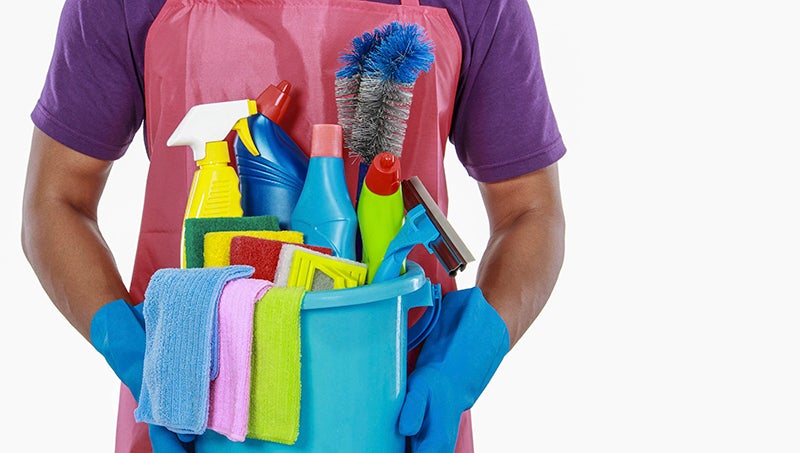Recommendations to keep your home COVID-19-free
Published 7:23 pm Thursday, April 2, 2020
|
Getting your Trinity Audio player ready...
|
The state of North Carolina, and most of the rest of the U.S., is in a stay-at-home state made necessary by the current pandemic.
The latest research shows the COVID-19 virus can survive up to four hours on copper surfaces, up to 24 hours on cardboard and up to three days on plastic and stainless steel surfaces, according to research published in the New England Journal of Medicine.
The stay-at-home directive is meant to curb the spread of the disease, and limits travel to only that associated with essential needs, such as to the grocery store for food, to the pharmacy for medicine, to check on family and other necessary outings.
Considering the ability of the virus to remain viable on certain surfaces, even under the stay-at-home order, everyone should be taking precautions to make sure the virus doesn’t make an entrance into the home.
The following recommendations come from the Centers for Disease Control and Prevention, as well as from the website flattenthecurve.com.
CLEAN AND DISINFECT SURFACES FREQUENTLY
Normally, people might not think too often or too hard about how often common surfaces are touched. Tables, doorknobs, light switches, countertops, handles, desks, phones, keyboards, toilets, faucets and sinks are touched often throughout the day. A person venturing out to the store or elsewhere could contaminate these common surfaces if they do not wash their hands upon reentering the home. Clear and disinfect these surfaces in the home often.
The CDC advises the following when disinfecting surfaces:
Wear disposable gloves. Gloves should be discarded after each cleaning. If reusable gloves are used, those gloves should be dedicated for cleaning and disinfection of surfaces for COVID-19 and should not be used for other purposes. Consult the manufacturer’s instructions for cleaning and disinfection products used. Clean hands immediately after gloves are removed.
CREATE A STAGING AREA
Not everything purchased or delivered needs to come into the house immediately, and that includes shoes. If it can be accommodated, have the family take shoes off outside (in the garage, on the porch) rather than potentially walk the virus into the house.
Mail, packages and nonperishable foods can be isolated in the same way, if those items are not needed immediately. If they’re not, consider leaving them outside or in the garage for a couple of days. If they are, decontaminate those products before they enter the house. At www.cdc.gov/coronavirus/2019-nCoV/index.html, CDC has a long list of approved products that can be used to disinfect, such as Clorox products and Lysol.
CONSIDER CREATING A ‘HOT ZONE’
As a just-in-case scenario, consider ahead of time how your home could be used to isolate and care for a person with COVID-19. What does that look like? What room could be used? Ideally, it would have a bathroom separate from ones others in the household use. What ready-to-eat foods could be provided in that room, cutting down on face-to-face interaction with other household members? For both caretakers and the one being taken care of, cloth masks are recommended.





